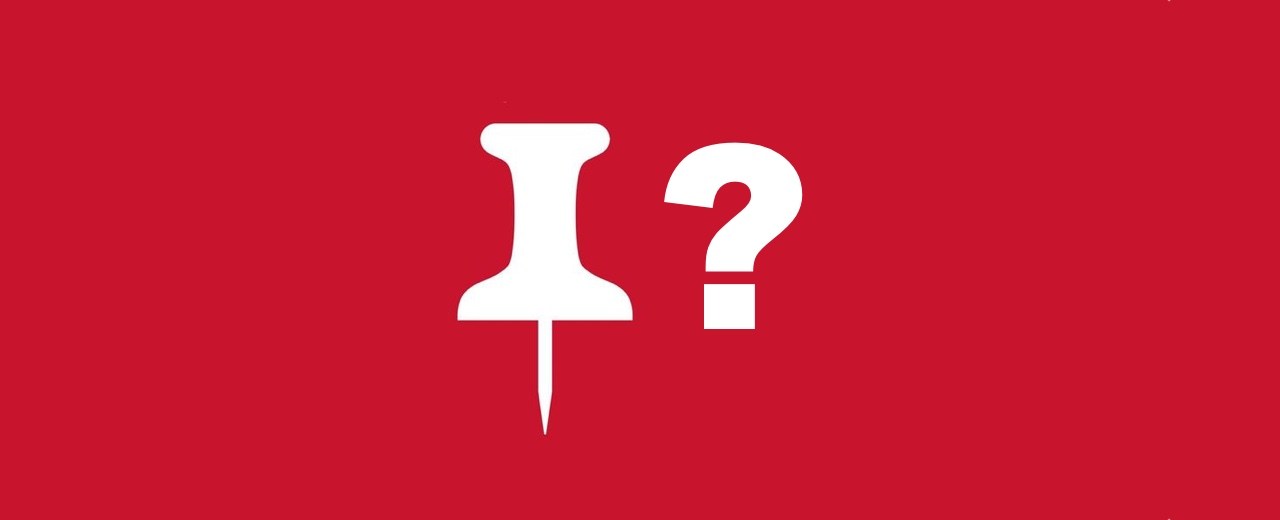Brands are making room for Pinterest in their ad budgets

Some brands are adding Pinterest back into their advertising budgets as the scrapbook-style social media company intensifies its online shopping push.
“Pinterest is having a bit of a rebirth,” said Jack Johnston, senior social innovation director at Tinuiti. “What we’re seeing in the first quarter of this year is everyone came out of the gate incredibly strong, so Pinterest investment was up 45% agency-wide.”
Johnston isn’t alone.
“We have been utilizing Pinterest more lately for our clients,” said Wallaroo Media founder Brandon Doyle, whose agency works with roughly 135 e-commerce brands. “Pinterest has introduced more direct-response ad units lately that have been performing well.”
The revival of advertiser demand on Pinterest comes as the social media company’s CEO Bill Ready — previously a senior executive at Google — revamps the app to make it easier for people to buy things they see on the platform’s pin boards. Before, the user experience was essentially limited to window shopping. People could scroll through the Pinterest app’s posts, but had no way to buy something on the platform itself, Ready told CNBC in an interview. Now, when users see something on the app they want to buy, they can click on it and get redirected to the retailer’s web store.
Ready has also overhauled the way brands and retailers advertise on the platform. Earlier this year, Pinterest said it inked a deal with Alphabet’s Google, which will ramp up its shopping push even more and drive the social media company’s ad revenue. It’s Pinterest’s second third-party advertising partnership after the company announced a deal with Amazon Ads last year.
At Shoptalk last year, Ready pitched Pinterest as an alternative to social media apps like TikTok, which have come under heightened scrutiny about the psychological impact they have on users, especially young people. It’s another way the CEO is trying to convince brands and retailers to advertise their goods on Pinterest.
The changes have started to pay off. At the end of last month, Pinterest wowed Wall Street with its first-quarter earnings, reporting $740 million in sales, up 23% from the same period a year prior. Pinterest also hit 518 million global monthly users, climbing 12% from the year before and surpassing half a billion for the first time.
“Thanks to our investments in AI and shoppability, we’re driving even greater returns for advertisers and gaining access to performance budgets,” Ready said in a press release.
It’s a sharp contrast from the same period a year ago when advertising agency heads said that they were cutting Pinterest from their ad budgets, Modern Retail reported at the time. As retailers braced themselves for a possible economic downturn, advertisers said that brands were more focused on bottom-of-funnel marketing investments instead of top-of-funnel channels like Pinterest, which had long struggled to garner sales for brands.
“The back half of last year was certainly a little bit softer than in previous years,” said Johnston. However, as some brands backed away from Pinterest, the brands that stuck with the app increased their investment in the platform, he said.
That strategy is giving some retailers a boost. One fashion brand has seen its ad recall rate — which measures how well an audience remembers an ad after seeing it — go up 25%, higher than the first quarter of last year, said Johnston. Buyer intent was also up 10% compared to the previous period last year, he added.
Historically, Pinterest has been helpful for brands as they map out their marketing strategies ahead of key shopping holidays, said Johnston, as opposed to platforms like Meta and TikTok, which are more focused on in-the-moment experiences.
“Pinterest actually sits on a lot of incredibly valuable trend data, and a lot of times brands can see specific relevant content spike or trend on Pinterest before it actually hits any other platforms,” said Johnston. “Pinterest has actually become almost like a testing bed to an extent because brands can get content into the market sooner and start planting that seed.”
The experimental nature of Pinterest ended up hurting the social media company last year as retailers looked to cut such tertiary testing platforms amid a broader slowdown in advertising spend, said Johnston.
But that’s starting to change as recession fears abate. Plus, retailers are more willing to test out new marketing channels as a looming U.S. ban threatens the future of TikTok, said Katya Constantine, founder of agency Digishopgirl Media. “Brands are having conversations of, ‘Hey, we should be ready with a plan if something changes,” she said. “They don’t want to be caught off guard.”
About 10 of Constantine’s clients cut Pinterest out of their advertising budgets at the beginning of last year. “Now, we’re seeing advertisers who were not advertising on the platform a year ago allocating small budgets — about 5% — to Pinterest, ” said Constantine.
Not everyone is convinced that Pinterest is worth the investment.
“We’re just not seeing Pinterest be as sophisticated as some others that have gone all-in on retail media,” said Mark Power, founder and CEO of the agency Podean, which represents about 200 brands globally. “Meanwhile, the rest of the industry is just steaming ahead.”

